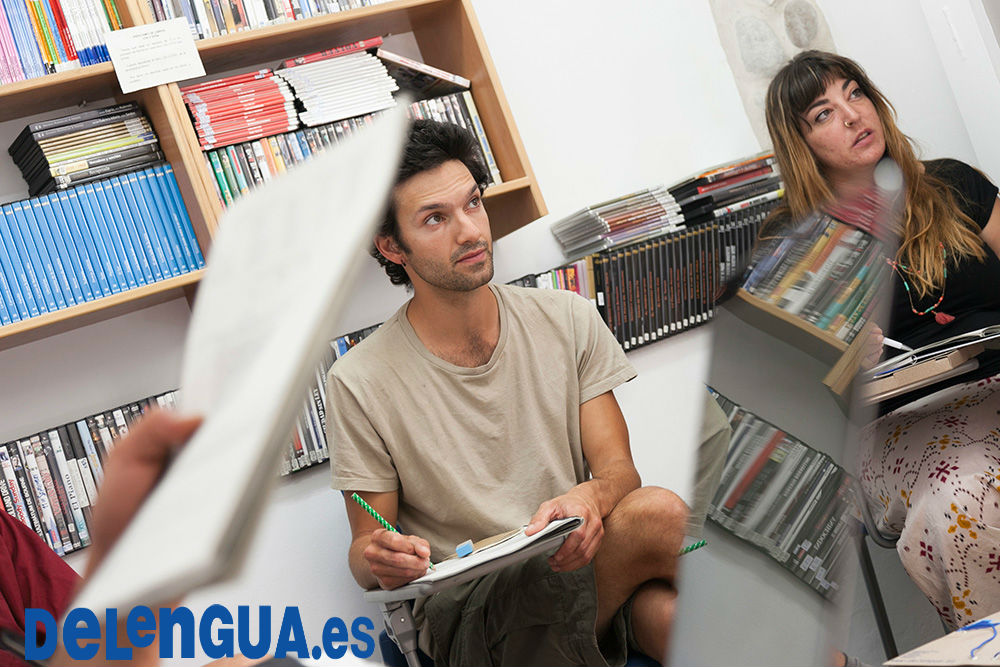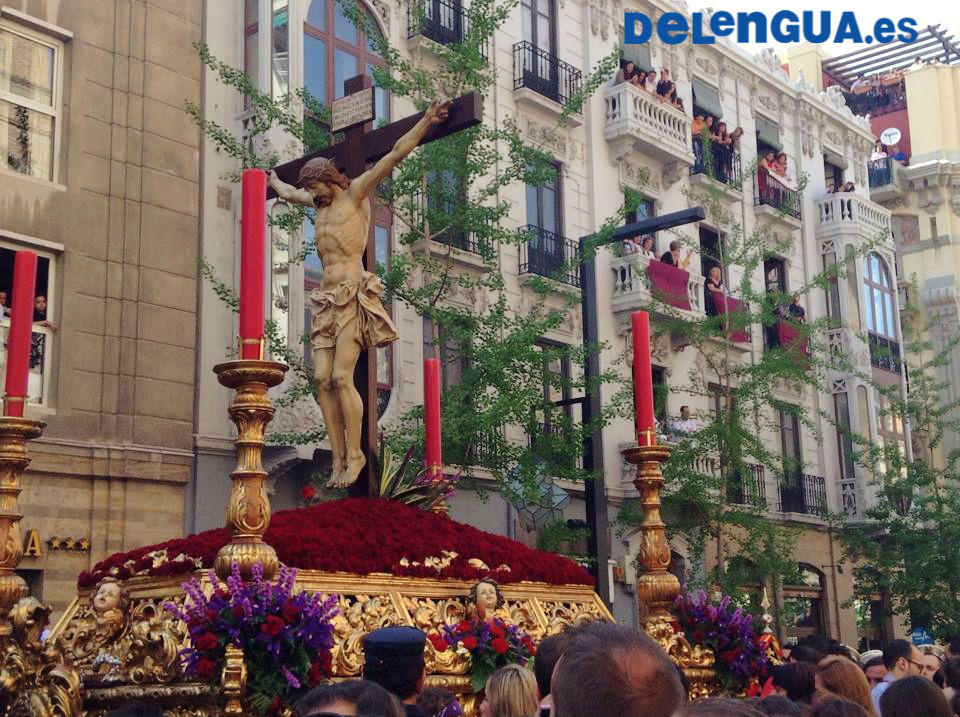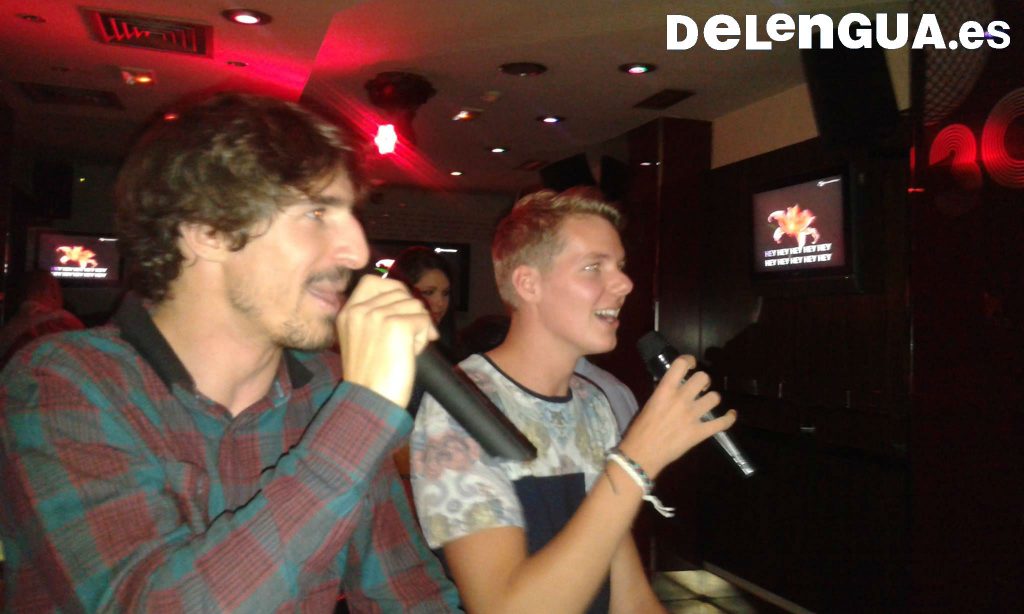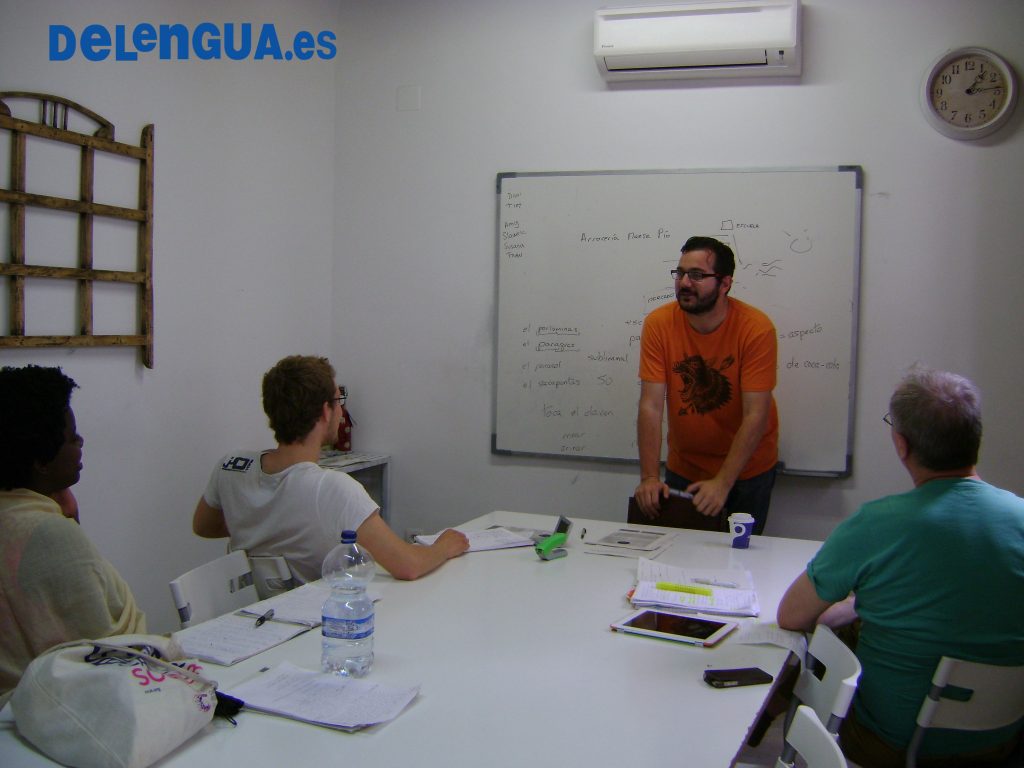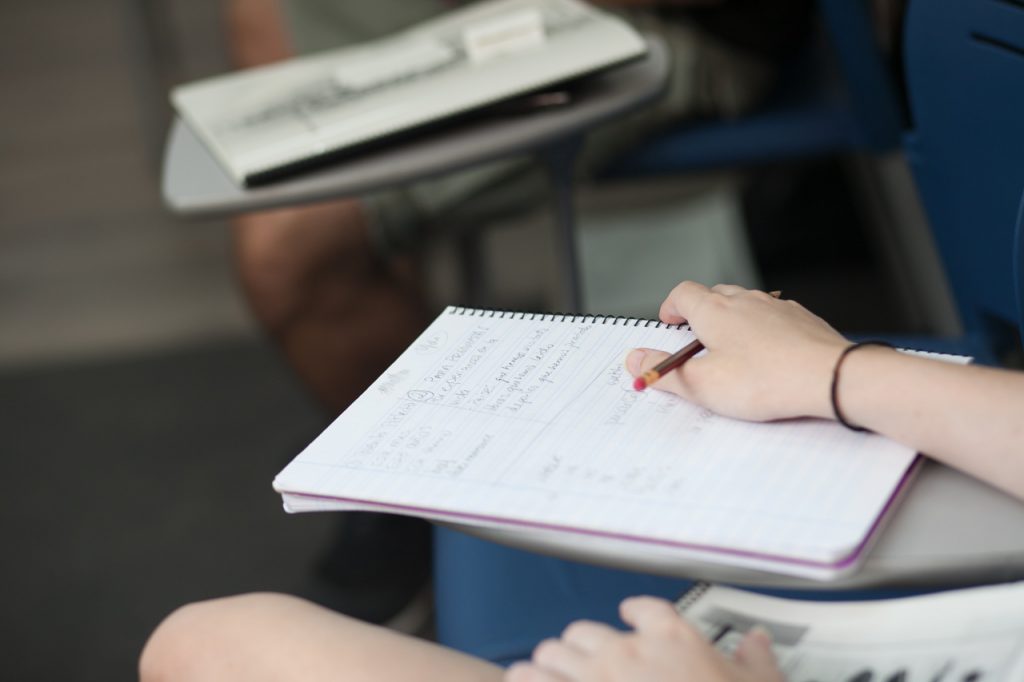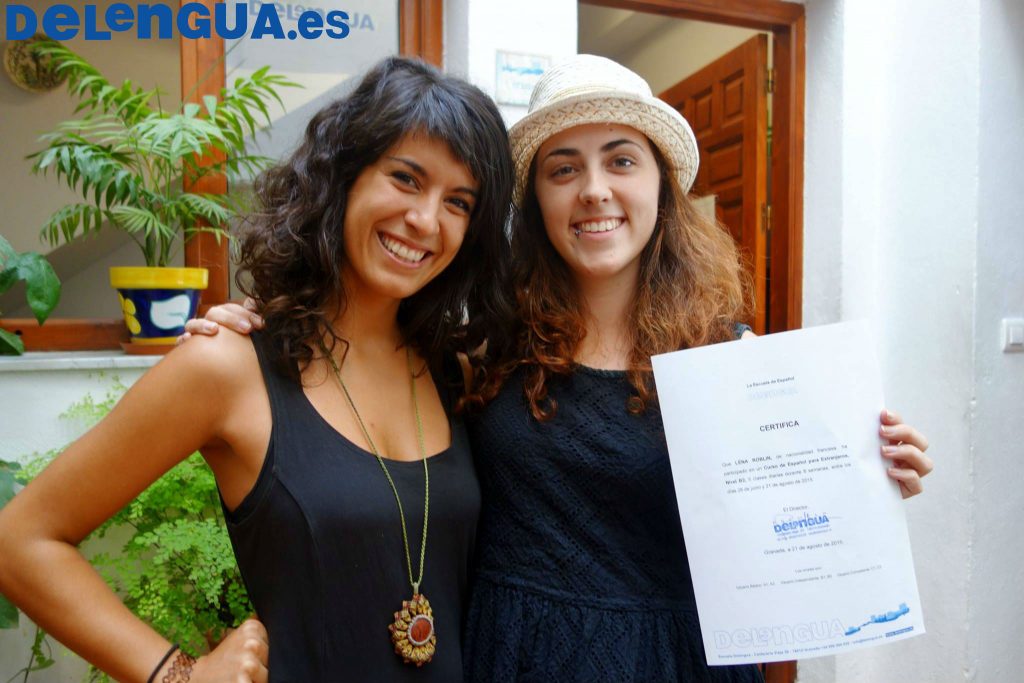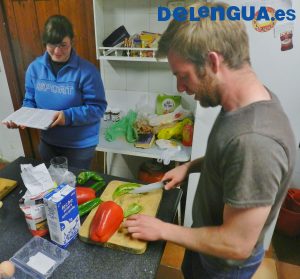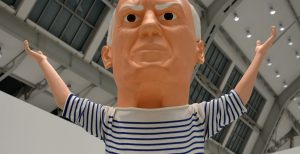
Pablo Picasso
| Español | English | |
|---|---|---|
| Pablo Picasso, uno de los mayores pintores del siglo veinte, nació en 1881 en Málaga, en la plaza de la Merced. También su padre era pintor y profesor de dibujo. Comienza a pintar sus primeras obras de arte muy temprano: a los ocho años realiza « El Picador », una obra de la que nunca quiso separarse. Pero no va a quedarse mucho tiempo en Andalucía. En 1895 se muda a Coruña, descubre Madrid y Barcelona y a la edad de dieciséis años es recibido en la Academia de San Fernando, en Madrid. En 1901 se instala en París. Empieza el periodo « azul » en sus obras, porque pinta con matices de este color dominante, y después ha pasado por el periodo « rosa » caracterizado por el uso de colores rosa-naranja, y la aparición de personajes de circo. Desde 1907 hasta 1914, pinta con Georges Braque obras “cubistas”, que se caracterizan por formas geométricas simples, como cuadrados. La obra fundadora de este movimiento es Las damas de Avignon, que se puede ver en la imagen. En 1925 hace una ruptura radical con sus antiguas obras y pinta cuadros violentos, con personas deformes, y vuelve a ser un jefe de filas del movimiento surrealista. En 1936, a principios de la guerra civil española, es nombrado director del Museo del Prado en Madrid. En 1937, indignado por el bombardeo de la ciudad española de Guernica, pinta una de sus obras más famosas: Guernica. La define como « una herramienta de guerra ofensiva y defensiva contra el enemigo ». Es un símbolo del horror de la guerra y de las víctimas inocentes. Después de la Segunda Guerra Mundial, realiza obras mas optimistas y alegres. Se afilia al partido comunista en 1944, prueba de que tiene convicciones políticas fuertes. Desde 1947 y hasta su muerte, se instala en el sur de Francia, en un pueblo llamado Vallauris. Se vuelve un escritor de obras de teatro, entre otras « Las cuatro niñas », realiza esculturas de madera, de cerámica y de hierro. Se murió el 8 de abril de 1973 en Mougins, un pueblo cerca de Cannes, en Francia mientras había invitado a unos amigos a cenar. Existen numerosos museos sobre Pablo Picasso en el mundo, y uno está en Málaga, su ciudad de nacimiento. En la Escuela Delengua, se puede estudiar la pintura española en el curso « Historia y Arte de España y América Latina », y descubrir la vida y las obras de tus artistas españoles preferidos. |
Pablo Picasso, one of the major painters of the 20th century, was born in 1881, in Malaga, in the “Plaza de la Merced”. His father was also a painter and a drawing teacher. He began to paint his first works of art when he was a child : at 8 he did “El Picador”, a work of art of which he would never be separated from. He did not stay in Andalusia, however he moved to a Coruña in 1895, then he discovered Madrid and Barcelona. When he was 16, he went to Madrid’s Royal Acadeñy of San Fernando, the country’s foremost art school. In 1901, he moved to Paris, and Picasso’s Blue Period began (consists of somber paintings rendered in shades of blue and blue-green, only occasionally warmed by other colors, and later he passed to his “Rose period” (characterized by a more cheery style with orange and pink colors, and circus people) Analytic cubism is a style of painting Picasso developed from 1907 to 1914, along with Georges Braque, using monochrome brownish and neutral colors and taking apart objects and “analyzing” them in terms of their shapes. « Les demoiselles d’Avignon » that you can see on the picture is the first inspiring work. In 1925, a radical break-down with his previous works and he began to paint violent and bloody paintings, with distrorted characters : he pioneered the Surrealism. In 1936, at the beginning of the civil war he was headed Director of the Prado Museum in Madrid. One year later his depiction of the German bombing of Guernica during the Spanish Civil War was born : Guernica. It was “an ofensive and defensive war tool towards the enemy”. his large canvas embodies for many the inhumanity, brutality and hopelessness of war. Later on the World War 2, his works were more optimistic and joyful. In 1944 Picasso joined the French Communist Party.From 1947 to his death he was living in the South of France, in Vallauris village. He became a drama writer (las cuatro niñas), realized wood sculptures, and ceramic and iron works. Pablo Picasso died on 8 April 1973 in Mougins (near Cannes) while he and his wife Jacqueline entertained friends for dinner. Many many museums dedicated to Picasso’s works and life exist in the world. In Málaga, his birth place, of course there is one too. |




